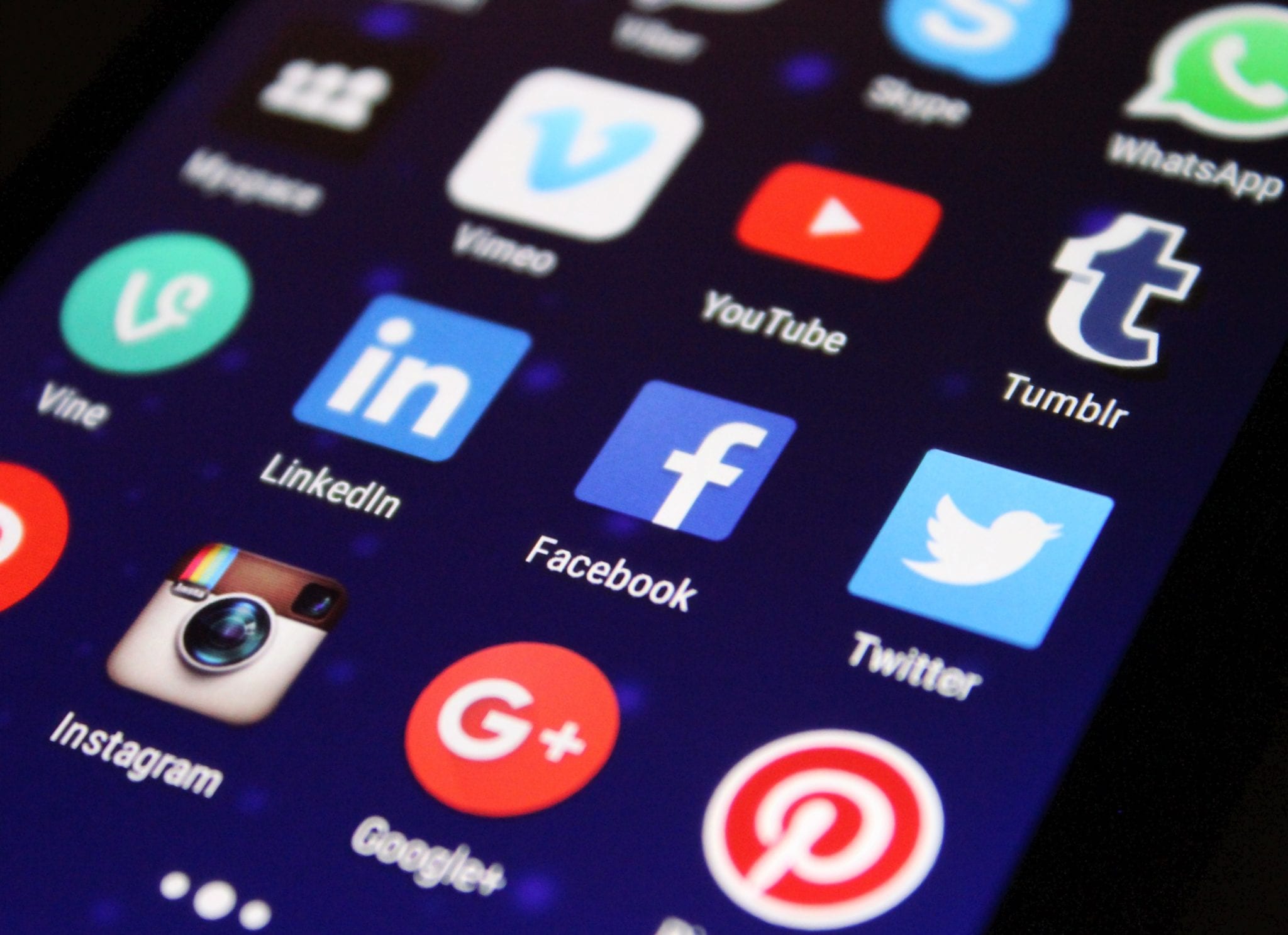Impact of Mobile Apps on the Retail Industry

Technology is changing the way most industries do business today, and retail is no exception to this. By providing personalized shopping experiences on a global scale, advancements in technology have completely revolutionized the retail industry now.
According to Think with Google, 84 percent of shoppers in physical stores use their smartphones to get information about products and comparison shop.
Mobile app technology today has become a vital component for boosting customer engagement and giving customers multiple choices when it comes to personalized shopping experiences for all.
B2C reports a Stanford survey in which nearly half of those in the millennial age group had downloaded a mobile shopping app.
Retailers have and will continue to improve the online shopping experience by investing in mobile apps, beacons for in-store use, in-app shopping capabilities, mobile payments in stores, and mobile advertisements.
The blog speaks about the impact of Mobile Apps on the Retail Industry. Here are some benefits of mobile apps in retail that helps to augment its future growth in the digital age.
Role of Mobile Apps in the Retail Sector
A good mobile app offers much more than just a convenient platform to purchase something. It provides a personalized “experience” and conveys details about the items available on the retail shelf based on consumers’ interests.
According to Internet Retailer, “61 percent of U.S. consumers have a better opinion of brands that offer a compelling mobile experience than brands that do not, and 40 percent will turn to a retailer’s competitor based on a bad mobile experience.”
Let’s have a quick look at some of the major applications of mobile apps in the Retail Sector.
Push-Based Apps
Apps used earlier were Pull-based apps. With pull-based apps, the user had to search for a product, look for a product, and then put the same in the shopping cart. Today’s apps are push-based, which anticipates the users’ needs first and then provide relevant information based on those needs.
So, if the app gets to know that a user is interested in a certain brand or product, it will automatically send instant updates and latest notifications about the pricing information and the availability of the product, even the user doesn’t ask about it. Push-based apps showcase one of the greatest benefits of Mobile Apps in Retail.
Dries Buytaert, the founder of Drupal, a web publishing platform says, “In the coming future, content, products, and services will find you, rather than you having to find them.
For instance, Puma will notify for replacing your shoes and Marriott will automatically present the available options in case you miss your connecting flight.
Beacons and Mobile Ads
The use of Beacon Technology manifests the greatest impact of Mobile Apps on the Retail Industry. It was in the year 2017 when the industry felt the presence of Beacon technology. Beacons are small devices placed at the front of the store to enable interaction with customers as soon as they walk through the door.
Beacons connect and send a signal to a customer’s Bluetooth capable device. Beacons are small devices similar to online shopping apps. They allow customers to digitally connect to in-store deals conveniently from their mobile devices to plan their shopping experience in advance around the in-store deals in real-time.
A study done by Swirl states that 70% of shoppers who received beacon-related content on their phones agreed it increased their likelihood of making a purchase, showing impressive sales results for companies.
Another key feature of in-store beacons is its ability to process immediate payment for an item, eliminating the need to queue at the store. In-store beacons are used for displaying ads customized to shopper’s preferences and interests.
By providing a better customer experience, beacon technology is perhaps one of the best applications of mobile apps in the Retail Sector.
According to a study conducted by CMO, 54 percent of retailers put customer experience in the number one slot on their priority list.
Mobile Payments
While Apple Pay and Google Wallet aren’t flowing in the mainstream yet, but they are on the way to widespread acceptance. One of the most exciting applications of Mobile Apps in the Retail Sector is the use of Mobile Payments.
Retailers now are upgrading their point-of-sale (POS) systems to accommodate the new EMV-chips, that are being used by major credit cards to replace magnetic stripes.
According to the RIS News Survey conducted in September 2018, retail executives rated the importance of POS in delivering streamlined and frictionless functions across all channels a 7.8 on a scale of 1 to 10 and gave a 7.5 for improving the shopping experience and increasing customer engagement in-store.
These new systems have the capability to accept credit card information (as well as store loyalty cards and gift cards) from a mobile app thus adding to customers’ comforts and convenience. Increased Customer engagement by providing an enhanced shopping experience is one of the greatest benefits of Mobile Apps in Retail.
Mobile Payment adds to the convenience as,
- There is no need to carry physical cards plus the ability just to swipe and
- It allows customers to purchase a product display instantly.
- It quickly completes a purchase transaction.
Final Words
Mobile technology makes the shopping experience more efficient, more personalized, and more convenient. Providing a good customer experience is essential to any retailer. Customer experience is the utmost important factor in driving business profits and an amazing app can help you with this.
According to a study conducted by CMO, 54 percent of retailers put customer experience in the number one slot on their priority list.
Besides this, there are more benefits to the retailer’s bottom line. To sum it all, a mobile app,
- Enables customers to get information.
- Helps to make purchases almost automatically.
- Reduces labor cost as there is less need for staff cashier and customer service positions.
- Eliminates the time and hassle of scheduling a large workforce.









